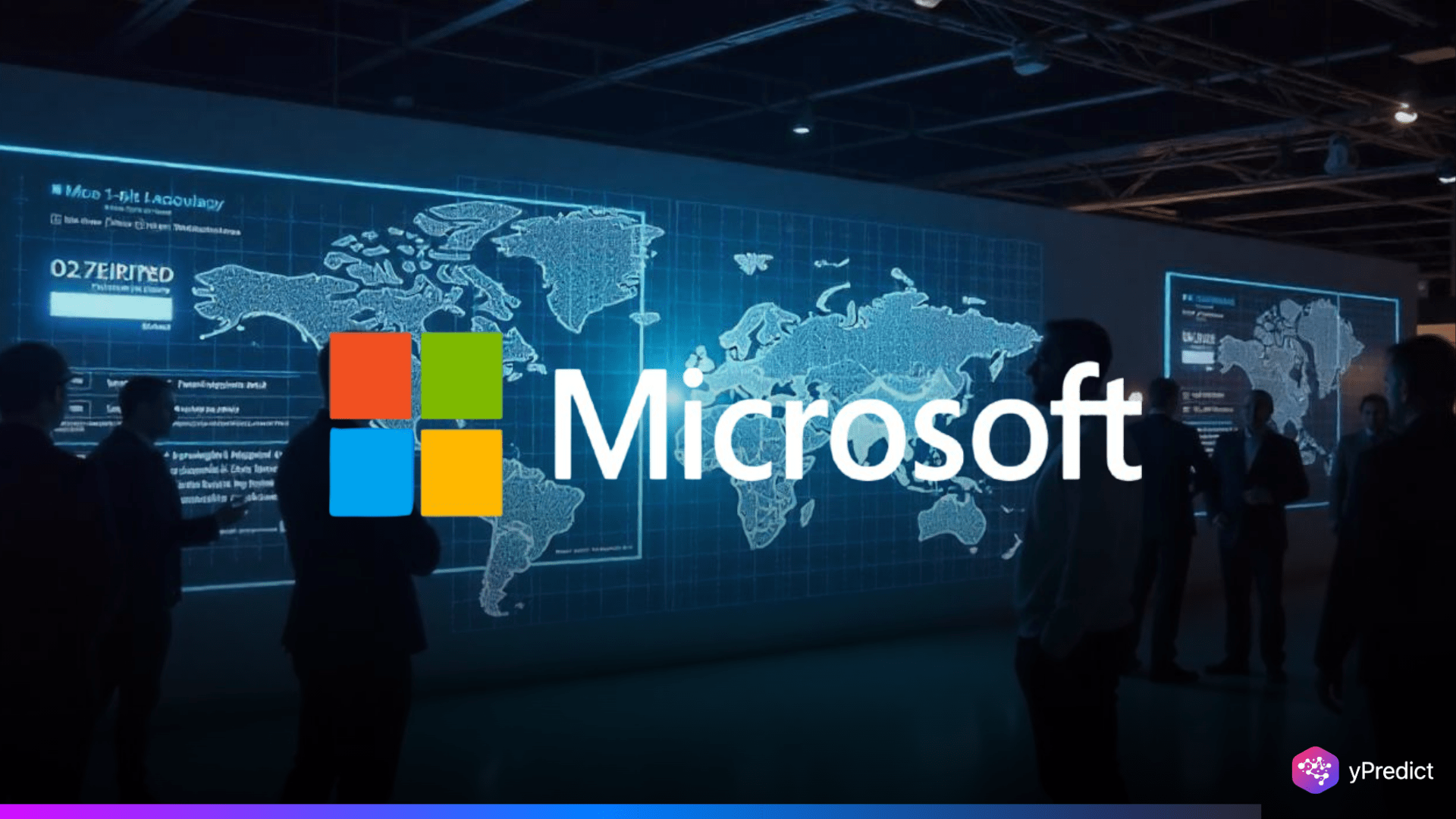
Microsoft Research has released BitNet b1.58 2B4T. It is a 1-bit language model that achieves impressive performance without expensive GPUs. This CPU-compatible model was trained on a vast 4 trillion-token dataset. This dataset has been optimized for low latency, memory usage, and token efficiency.
By using ternary weights and 8-bit activations, this development aims to use AI on more widely available hardware platforms. Unlike many models that require high-end systems, BitNet delivers capabilities like mathematical reasoning, coding, and natural language understanding. These will be within a CPU deployment framework.
Breaking Limits: BitNet Brings AI to CPUs
Microsoft’s 1-bit language model challenges traditional norms of LLM architecture by compressing a 2B parameter model into just 400MB of memory. The model uses ternary quantization, limiting weights to {-1, 0, +1}, drastically reducing storage and energy consumption. In contrast, standard 16- or 32-bit float models frequently need several gigabytes and specialized GPUs to operate.
Trained from scratch rather than post-processed from larger models, BitNet is optimized for CPU deployment, including Apple M2 chips and standard x86 processors, with compact size and high accuracy across multiple benchmarks. From code generation to language understanding, it positions itself as a realistic alternative for decentralized or on-device applications.
How Does BitNet Outperform Bigger Models?
With a length of up to 4096 tokens, BitNet b1.58 2B4T outperforms comparably sized models such as Meta’s LLaMA 3.2 1B and Google’s Gemma 3 1B. It also holds its ground against models like Qwen2.5 1.5B and MiniCPM 2B, despite running entirely without GPU acceleration. In environments where low power usage and fast inference matter, the model’s design enhances token efficiency.
Microsoft released the model as open-source on Hugging Face. However, it requires a proprietary framework, bitnet.cpp, to fully utilize its advantages. While this means it won’t benefit from standard transformer libraries, those users with compatible systems can experiment with real-time AI processing using modest hardware.
The model architecture emphasizes functional clarity and has a minimalist visual style. BitNet’s ternary quantization and quantized activations enable a quicker response even in extended generation tasks. This is a major step for CPU deployment and democratized access to LLMs.
Microsoft Pushes Boundaries with Compact Intelligence
The release of BitNet signals Microsoft’s clear intention to make advanced AI more accessible. The 1-bit language model is a solution to rising concerns around the cost, energy drain, and hardware exclusivity tied to full-scale LLMs. It opens doors for local inference on devices previously considered too underpowered for this level of computation.
Looking ahead, Microsoft researchers plan to further explore the model’s capabilities and adapt its framework for wider compatibility. The team’s roadmap includes pushing for even larger models using the same token efficiency principles, as well as exploring edge-device applications in IoT and mobile computing. This lean approach could enable secure, private AI processing without cloud reliance.
Bottom Line: Microsoft Sets a New AI Standard
Microsoft’s 1-bit language model redefines what’s possible for CPUs and energy-conscious environments. While it’s not plug-and-play with common models yet, the BitNet b1.58 2B4T represents a massive leap toward decentralized AI. With its tiny memory, remarkable speed, and performance, it could pave the way for a broader future of CPU deployment and sustainable AI models.
Microsoft signals a shift from hardware-heavy dependence to lightweight, software-driven innovation. As the framework matures, adoption could surge across both enterprise and personal AI use cases.






